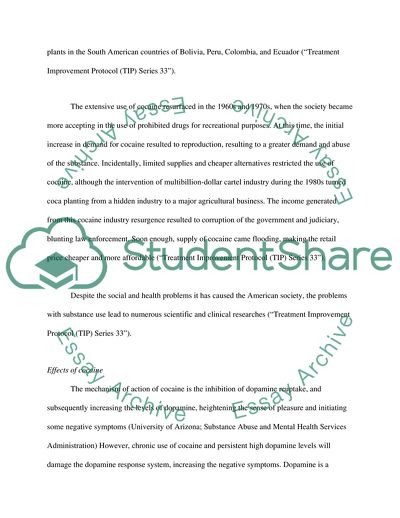Cite this document
(Cocaine and Its Usage Essay Example | Topics and Well Written Essays - 1750 words, n.d.)
Cocaine and Its Usage Essay Example | Topics and Well Written Essays - 1750 words. https://studentshare.org/history/1771306-cocaine-and-methamphetamine
Cocaine and Its Usage Essay Example | Topics and Well Written Essays - 1750 words. https://studentshare.org/history/1771306-cocaine-and-methamphetamine
(Cocaine and Its Usage Essay Example | Topics and Well Written Essays - 1750 Words)
Cocaine and Its Usage Essay Example | Topics and Well Written Essays - 1750 Words. https://studentshare.org/history/1771306-cocaine-and-methamphetamine.
Cocaine and Its Usage Essay Example | Topics and Well Written Essays - 1750 Words. https://studentshare.org/history/1771306-cocaine-and-methamphetamine.
“Cocaine and Its Usage Essay Example | Topics and Well Written Essays - 1750 Words”. https://studentshare.org/history/1771306-cocaine-and-methamphetamine.


